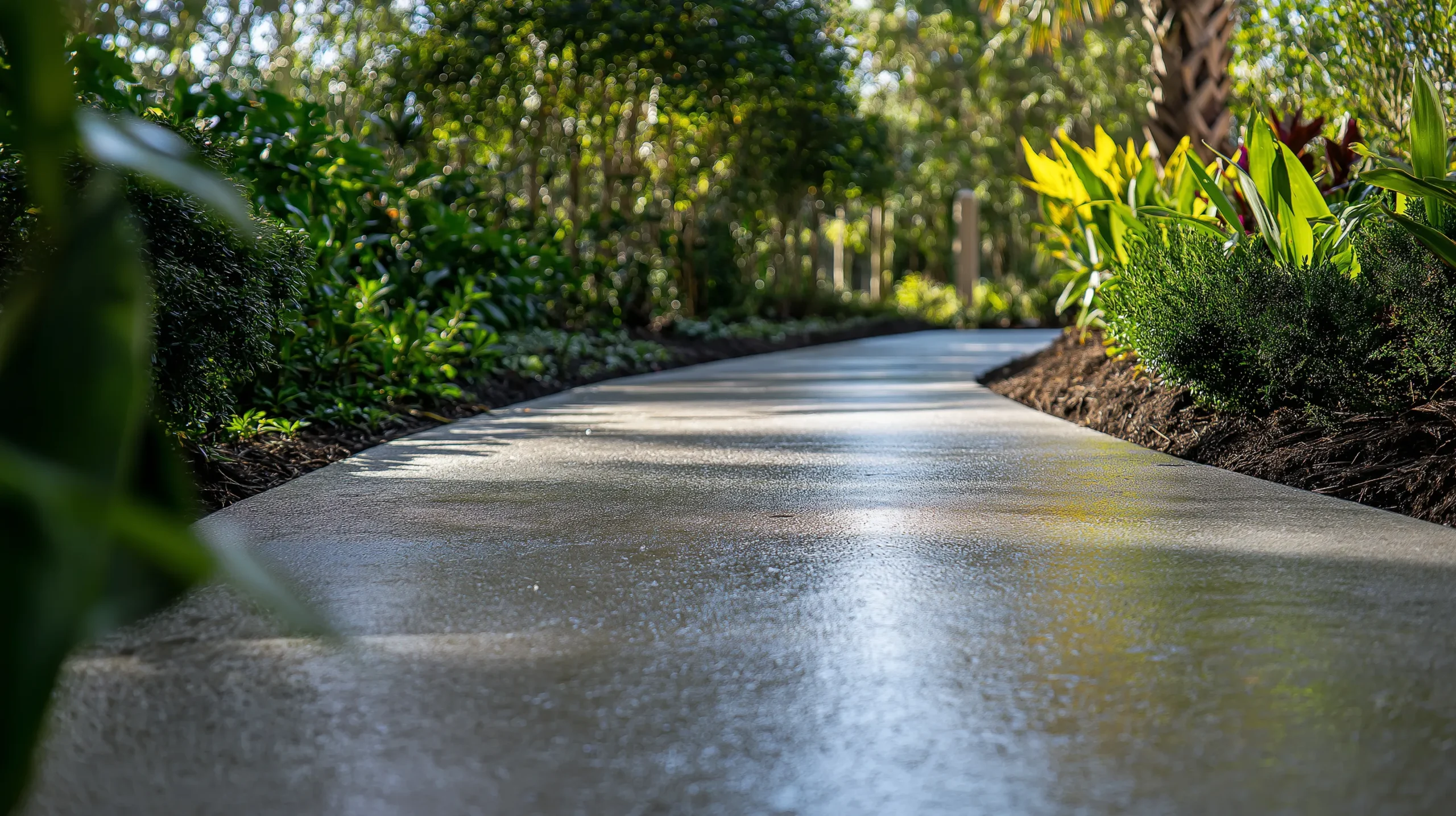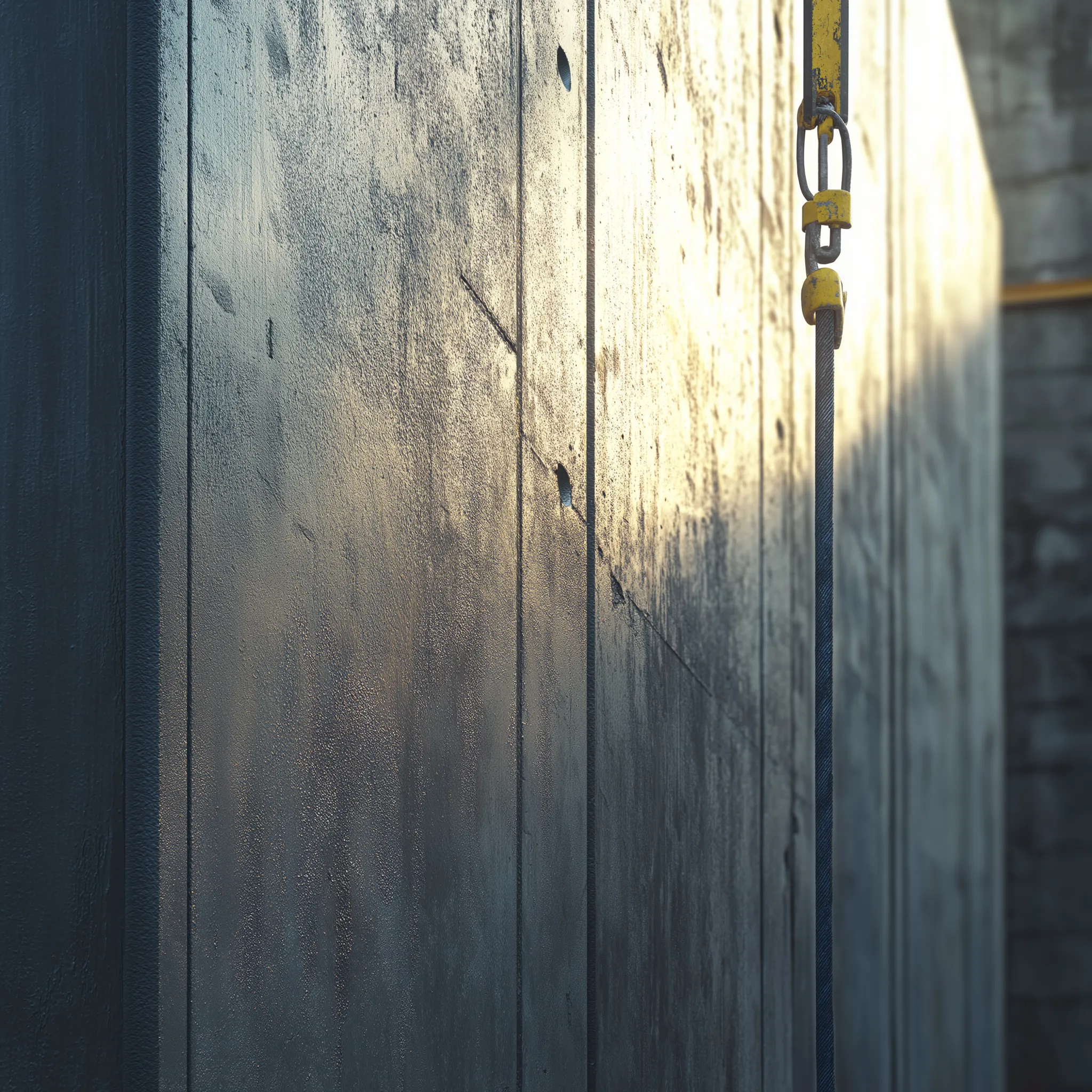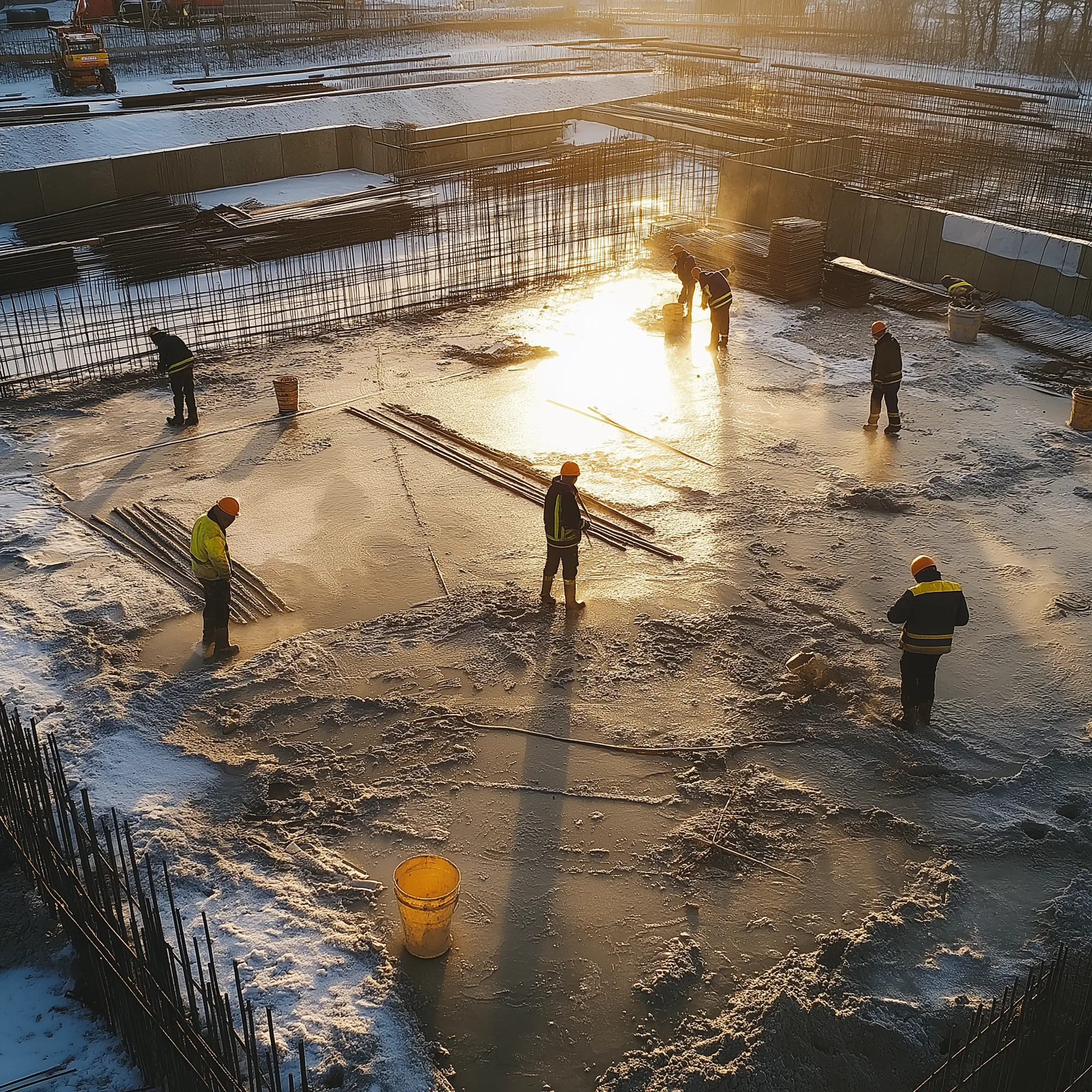Introduction
Epoxy resins are versatile and reliable materials widely used in the construction industry for patching, bonding, and coating. SpecChem’s line of construction epoxies are among the best you can buy. But to ensure successful results, it’s essential to understand and follow proper mixing and application procedures. This guide will walk you through the steps and provide valuable tips for working with epoxies.
Temperature Conditions
For SpecChem’s standard products, the temperature must be at least 50 degrees Fahrenheit during mixing. For other products, consult the individual data sheet for specific instructions.
Mixing Liquids and Mortars
Proper mixing is crucial for uniform curing and optimal physical properties after curing. Follow these steps:
- Mix parts A and B separately to reblend any settled ingredients.
- Combine parts A and B in the correct ratio indicated on the label.
- Mix for three minutes using a slow-speed electric drill with a jiffy mixer (or equivalent).
For epoxy mortar applications, pour the mixed A and B into a container and add the necessary aggregate. Masonry mixers are commonly used for this purpose.
Clean Up
Use methyl ethyl ketone or SpecChem Solvent 100 for clean-up when necessary.
Surface Preparation for Epoxies
Proper surface preparation is critical for achieving the desired adhesion. Ensure the substrate is free of grease, oil, wax, and curing compounds.
Cleaning Procedures
- Remove grease, wax, and oil using an industrial-grade detergent or degreaser, followed by mechanical cleaning.
- Eliminate weak or deteriorated concrete with sandblasting, scarifying, waterblasting, or other suitable methods.
- Remove dirt, laitance, dust, and curing compounds using sandblasting, sanding, or etching with a 15% hydrochloric acid solution. If acid etching, scrub and flush with clean water to remove residual chemicals and dust. Check for acid presence with moist litmus paper.
- Vacuum after mechanical cleaning to remove loose particles.
- For steel surfaces, clean with industrial-grade cleaning and degreasing compounds, sandblast to white-metal condition, and remove residual dirt and dust with dry, oil-free air blast.
Things to Avoid with Epoxies
To ensure the success of your project, avoid these common mistakes:
- Applying epoxy to fresh concrete less than 28 days old
- Applying epoxy to concrete with curing or sealing membranes present
- Adding excess hardener to shorten cure time
- Mixing parts from different epoxy products
- Using unclean or wet aggregates
- Using unclean mixing vessels
- Attempting to bond epoxy to polyethylene, silicone, or Teflon surfaces
- Applying epoxy coating to frozen surfaces that will eventually thaw
Helpful Hints for the Epoxy User
Keep these tips in mind for successful epoxy applications:
- Test concrete dryness with a polyethylene film test
- Ensure a consistent third color appears during mixing, with no streaks
- Be aware of potential issues from improper mixing, such as non-uniform color, soft spots, blistering, bubbling, or stickiness
- Remove all acidic residue if acid etching is used for surface preparation
- Pourable epoxy can be used to fill vertical cracks with proper sealing
- Consider the effects of temperature on epoxy’s pot life and gel time
Conclusion
Understanding the proper mixing and application procedures for epoxy resins is essential for successful construction projects. By following the guidelines and tips provided in this guide, you can ensure optimal performance and long-lasting results.





